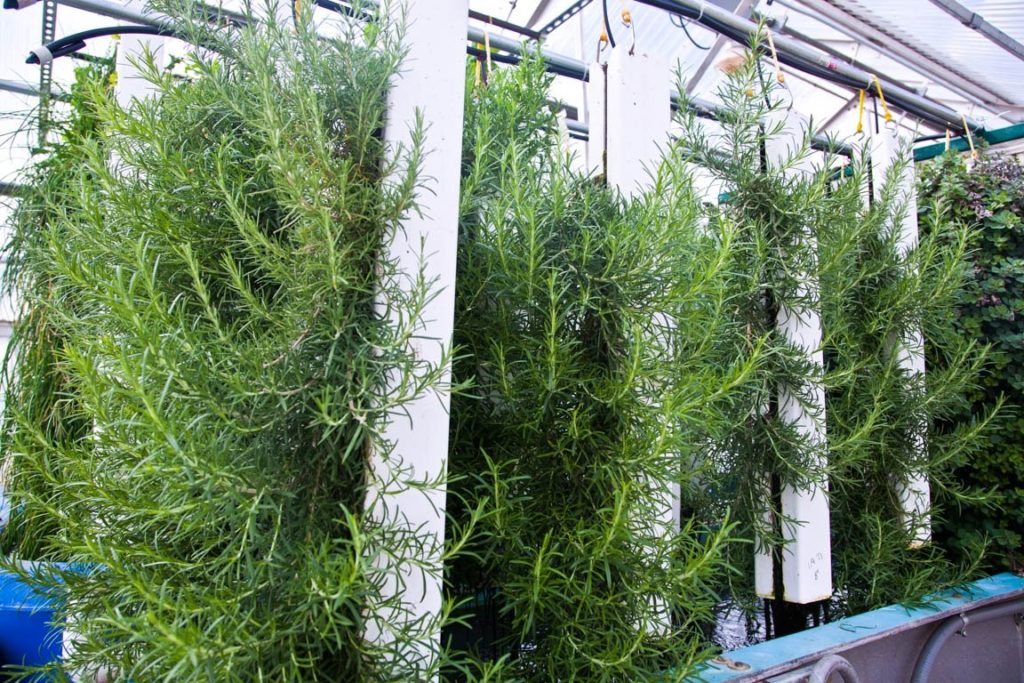Vertical farming is a method of growing crops in vertically stacked layers, using artificial lighting, controlled temperature, humidity, and a soil-less growing medium. Vertical farming has the potential to revolutionize the way we produce food, as it can be done in urban areas, using less space and resources than traditional farming methods.
If you are interested in starting a vertical farming business, here are some steps to consider.
1. Develop a Business Plan: Develop a business plan that outlines your goals, target market, marketing strategy, pricing and financial projections, and operational plan. A business plan will help you to stay focused on your goals and objectives and will also be useful in obtaining financing and attracting investors.
2. Choose a Growing System: Choose a growing system that fits the needs of your business. There are several different types of growing systems, including hydroponics, aeroponics, and aquaponics.
3. Select a Location: Select a location that provides adequate space, access to utilities, and a suitable climate for your crops. Urban areas may offer unique opportunities for vertical farming, as it can be done in smaller spaces with less land.
4. Obtain Necessary Permits and Licenses: Depending on your location, you may need to obtain permits and licenses to operate a vertical farming business. Check with your local government to determine the specific requirements for your area.
5. Source Equipment: Source the necessary equipment for your vertical farming business, including grow lights, HVAC systems, and growing racks. Consider purchasing used equipment to save on costs.
6. Choose Crops: Choose the crops that you will grow in your vertical farm. Consider factors such as market demand, crop yields, and growing conditions.
7. Develop a Marketing Strategy: Develop a marketing strategy to promote your vertical farming business. Consider online marketing, social media, and local events to reach potential customers.
Starting a vertical farming business can be challenging, but with careful planning and execution, it can also be a rewarding and profitable venture. Remember to stay focused on your goals and objectives and be flexible and adaptable as you grow and expand your business.
START UP COSTS FOR A VERTICAL FARMING BUSINESS.
The cost of starting a vertical farming business will depend on several factors, including the size of the farm, the chosen growing system, the location, and the crops being grown. However, here are some general cost estimates for starting a small to medium-sized vertical farming business.
1. Facility Costs: The cost of a facility for a vertical farm will depend on the location and size of the farm. A small to medium-sized vertical farm can be started with a minimum investment of $10,000 to $50,000 for leasing, retrofitting, and equipping the space.
2. Equipment Costs: The cost of equipment for a vertical farm will depend on the chosen growing system and the size of the farm. A basic hydroponic or aeroponic system can be started with an investment of $10,000 to $20,000 for equipment, including LED grow lights, HVAC systems, and growing racks.
3. Crop Costs: The cost of seeds or seedlings for a vertical farm will depend on the chosen crops and the size of the farm. A small to medium-sized vertical farm can be started with an investment of $5,000 to $10,000 for initial crop inventory and ongoing supplies.
4. Labor Costs: The cost of labor for a vertical farm will depend on the size of the farm and the number of employees needed. A small to medium-sized vertical farm can be operated with one or two employees, with an investment of $20,000 to $40,000 per year in salaries and benefits.
5. Other Costs: Other costs associated with starting a vertical farming business may include permits and licenses, marketing and advertising, insurance, and utilities. These costs can vary widely depending on the location and size of the farm and should be factored into the overall startup costs.
In general, starting a small to medium-sized vertical farming business can require an initial investment of $50,000 to $150,000, depending on the factors mentioned above. It is important to carefully consider the costs and potential returns before starting a vertical farming business and to develop a detailed business plan to guide your investment and operations.
INSURANCE COSTS FOR VERTICAL FARMING.
The cost of insurance for a vertical farming business will depend on several factors, including the location of the farm, the size of the operation, the crops being grown, and the specific risks associated with the business. Here are some types of insurance that vertical farmers may need to consider.
1. Property Insurance: Property insurance can help to protect against damage to the facility, equipment, and crops. The cost of property insurance will depend on the value of the property being insured, the deductible, and the specific coverage options selected.
2. Liability Insurance: Liability insurance can help to protect against lawsuits and claims of bodily injury or property damage caused by the business. The cost of liability insurance will depend on the size of the operation, the specific risks associated with the business, and the coverage limits.
3. Workers’ Compensation Insurance: Workers’ compensation insurance is required in most states and can help to protect employees in the event of a work-related injury or illness. The cost of workers’ compensation insurance will depend on the number of employees and the specific risks associated with the job.
4. Crop Insurance: Crop insurance can help to protect against losses due to weather events, pests, and other factors that may affect crop yields. The cost of crop insurance will depend on the value of the crops being grown and the specific coverage options selected.
The cost of insurance for a vertical farming business can vary widely depending on the factors mentioned above. It is important to work with an experienced insurance agent to identify the specific risks associated with the business and to select insurance coverage that provides adequate protection at a reasonable cost.



